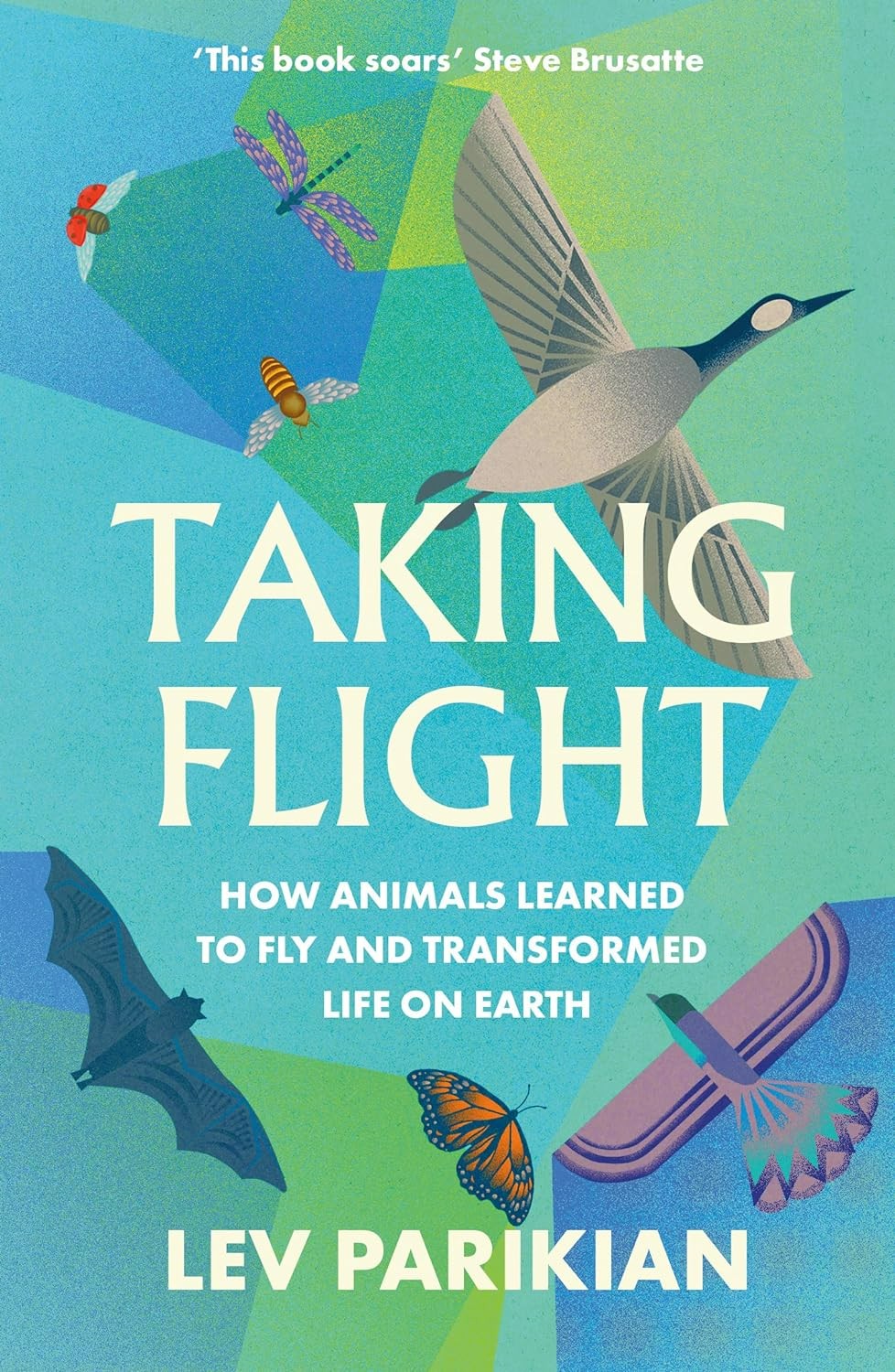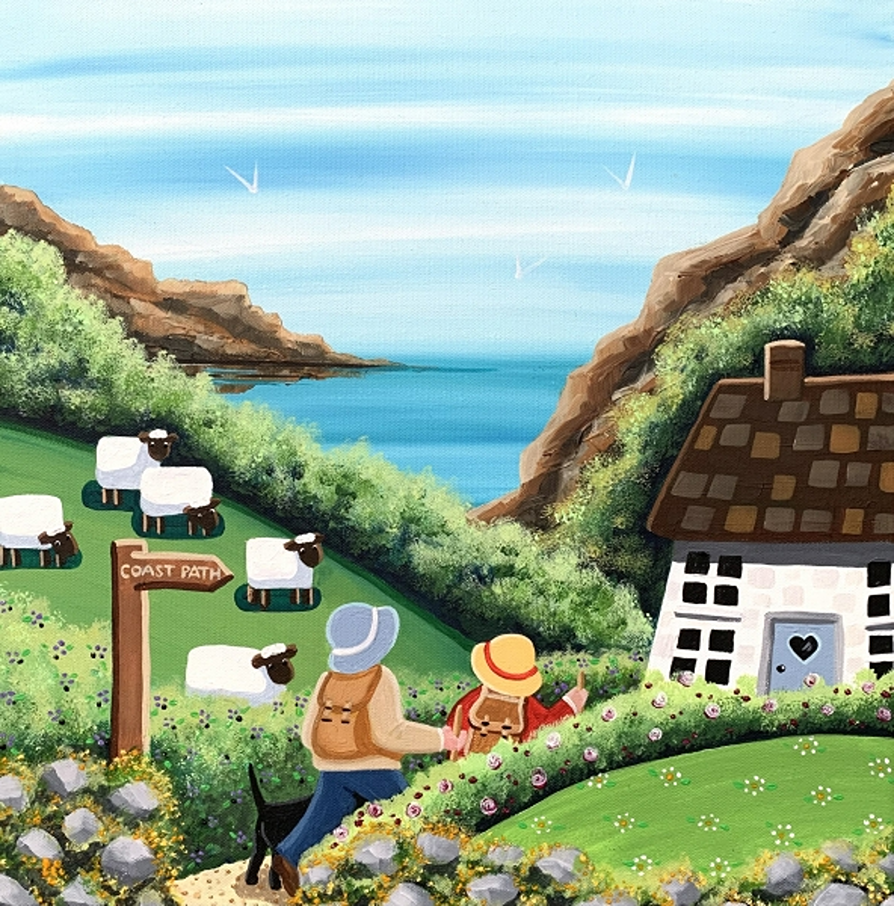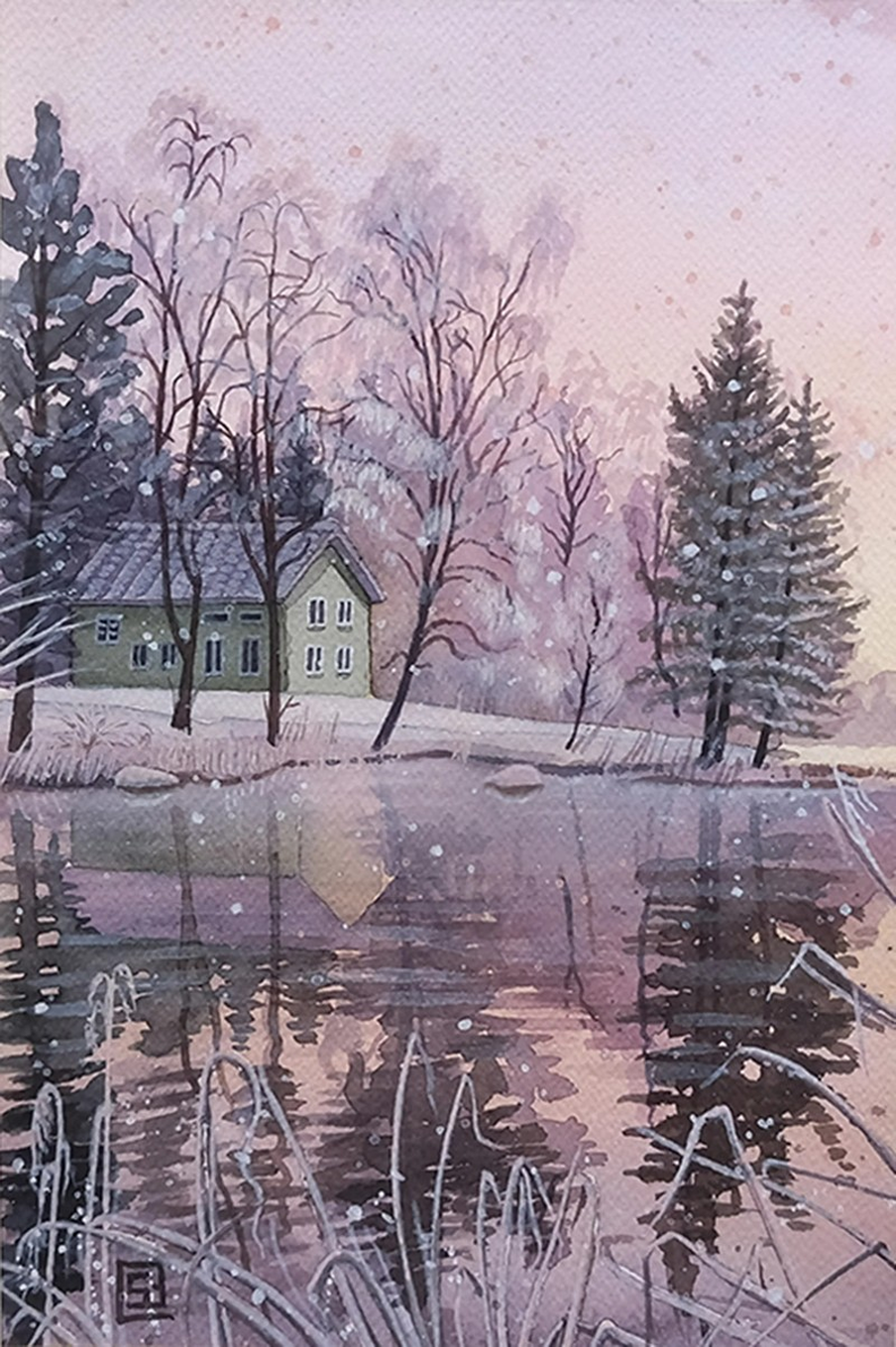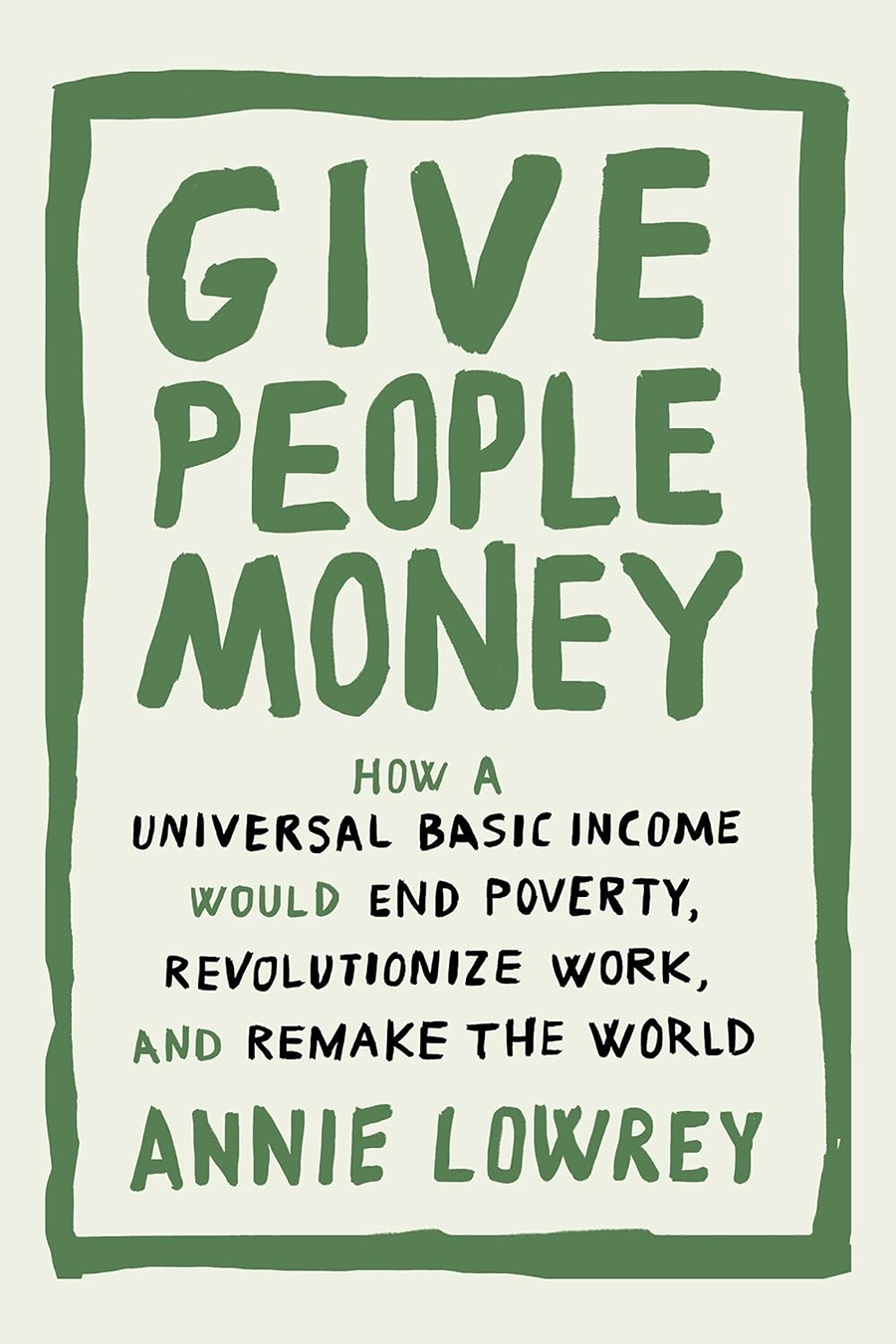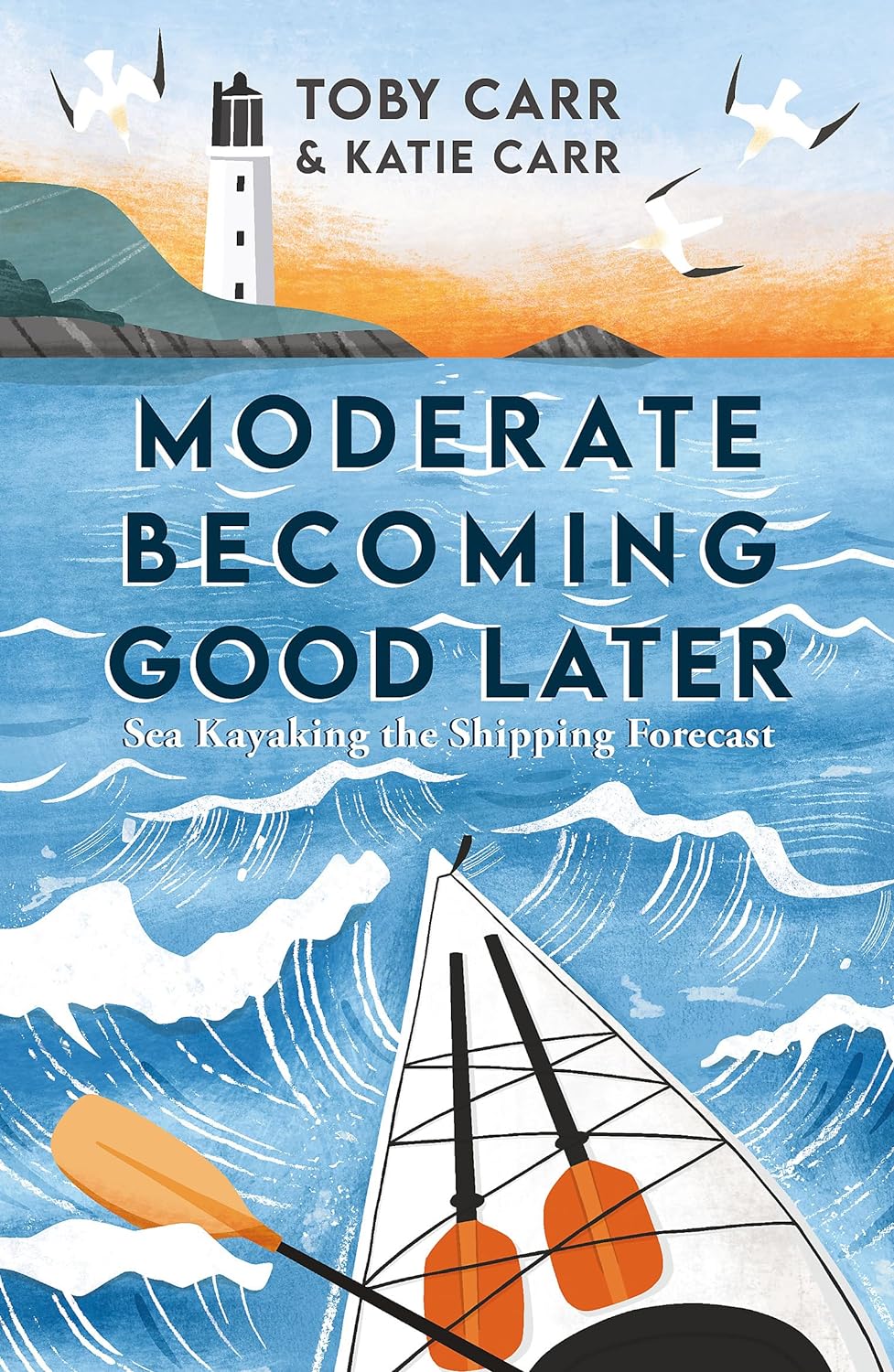
Moderate Becoming Good Later is a deeply moving story about one man who attempts to sea kayak the areas of the Shipping Forecast, familiar to anyone who grew up listening to BBC Radio 4. Often described as the national lullaby, the shipping forecast is a source of dependability and calm in an often chaotic world, and has charmed millions of listeners, and aided generations of seafarers across the decades: moderate or rough, occasionally very rough in west. Weather. Rain or showers, perhaps becoming thundery. Visibiity: good, occasionally poor. Fair Isle..
No stranger to weathering a storm (after living with a rare life-limiting medical condition, architect, lecturer and kayaker Toby sets out to explore the areas of the Forecast. Taking him to the both tranquil and harsh teas, he finds the real people, places and stories behind the familiar names and imagined environments: and along the way discovers what anchors us to each other.
The book is written by Toby’s sister from his extensive notes and recordings, after his untimely death from liver cancer age just 40. This is both an epic (sometimes choppy) adventure with old friends and new, plenty of wildlife and the ever-present sea.
What a special book. A manifesto for living, loving and laughing, whatever life’s storms and forecasts bring. A guide for us all, whether we are embarking on voyages of our choosing, or dealing with waves and storms dealt us. Sarah Outen
Katie Annice Carr is an artist and university lecturer. After the death of her brother, she decided to finish telling his story that he so clearly wanted to share after finding extensive notes of his trip. She lives in Barcelona, Spain.
two meteorologists explain the weather
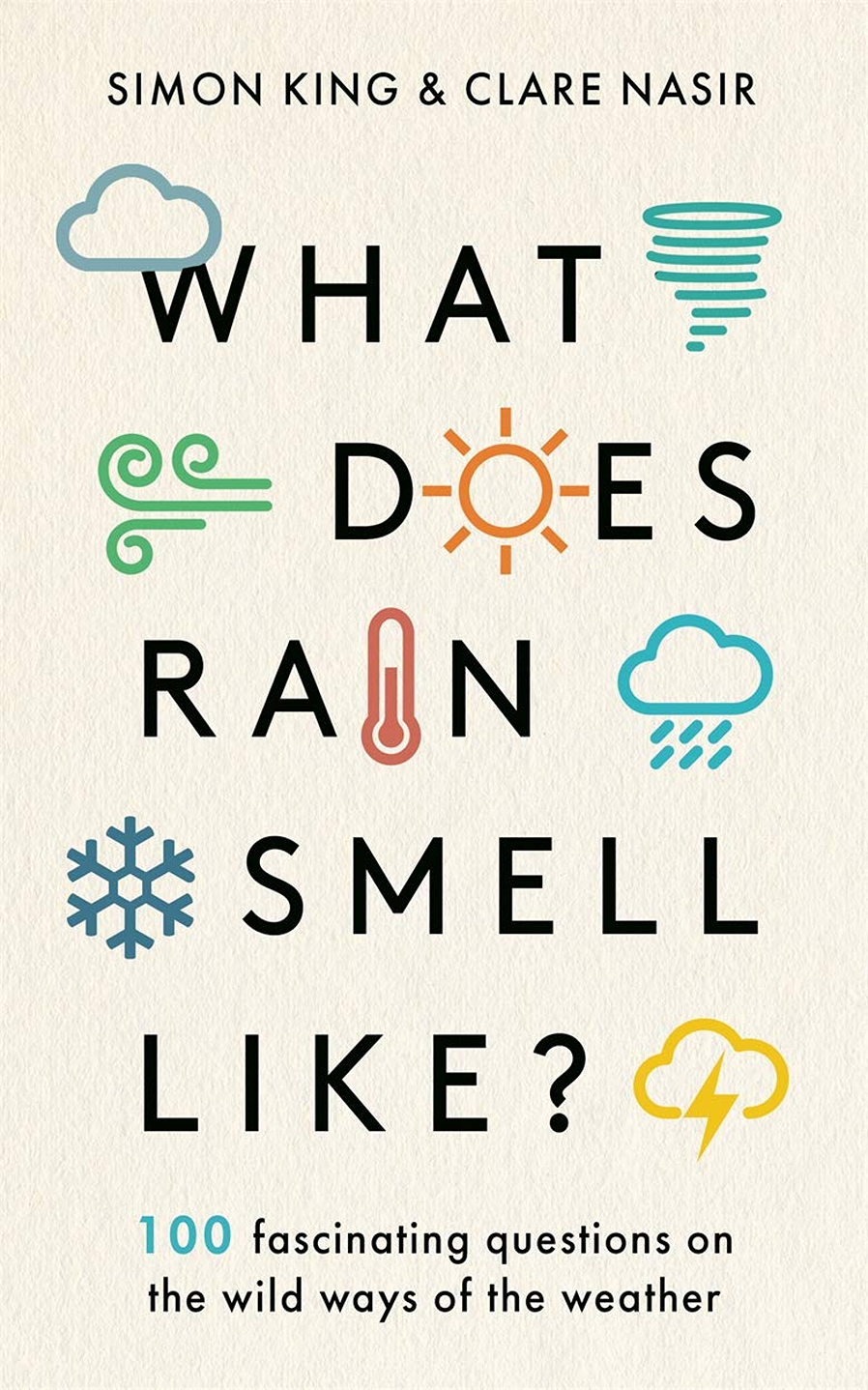
It’s said that around England, most people talk about the weather at least once a day to someone. It’s believed it’s due to a unique location with the Gulf Stream warming a country that would otherwise be as cold as Scandinavia. That’s why we have ‘four seasons in one day’.
What Does Rain Smell Like? is a fascinating book to answer all your questions on the liquid that falls from the sky. Learn how climate change is affecting our weather and how rainbows are formed. Why doesn’t rain fall all at once, and can technology change the track of a hurricane? And what’s the weather like on other planets. Did you know that it takes 200 hours for a cloud droplet to land on the ground? Or that rainbows don’t actually exist?
The authors are both meterologists. Simon King presents on BBC news and previously worked for the Met Office and forecasting units with the Royal Air Force. Clare Nasir was trained by the Met Office and also has an MSc in Oceanography and currently presents Channel 5 News weather.
fun facts about the weather
Did you think if cows sit down, it’s going to rain? Meteorologists say it’s a myth. There is no truth in it – the cows are likely just having a rest!
- Spring (20 March) is when the Atlantic transfers less heat and moisture to the atmosphere, due to losing heat during winter. The sun is ‘high in the sky’ so it can be warm during the day but cool at night, due to moderating ocean temperatures.
- Summer (when the northern hemisphere tilts towards the sun) includes 21 June (summer solstice) when the sun is at its highest point in the sky). This day is celebrated each year at ancient burial ground Stonehenge (Wiltshire). Thunderstorms are frequent here in summer, caused by rising air and moisture.
- Autumn means falling temperatures so trees lose chlorophyll turning leaves red and brown (losing them entirely apart from evergreen trees). Beginning around 22 September, the equinox means days and nights of equal length. Days get shorter and wildlife store up food, with dormice, hedgehogs and bats preparing for hibernation.
- Winter is the coldest season with short days, a time for quiet contemplation and sleep. In colder climates than ours, Scandinavian reindeer have adapted their retinas to see in the dark. Some humans living there also do this, but are prone to a condition when they start talking complete gibberish, due to lack of vitamin D.
Those little green insects you see are crickets. If you hear one on a summer evening, know they chirp in time with the air temperature. So just count how many chirps they do in 25 seconds. Divide by 3 and add 4, and it gives you the correct Celsius temperature!
learn from The Cloud Appreciation Society!
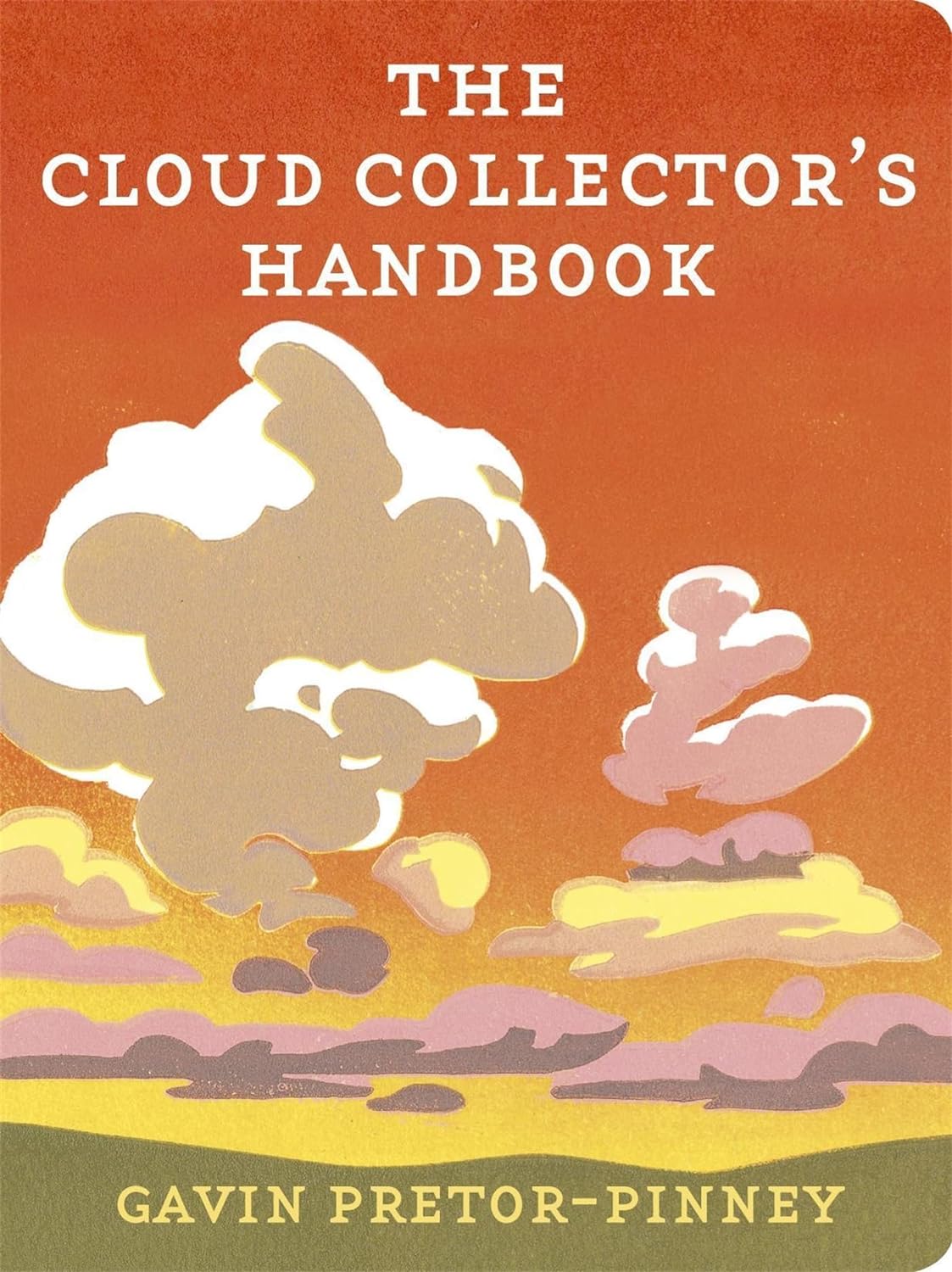
The Cloud Collector’s Handbook is a beautiful pocket guide, to allow you to identify cloud formations anytime and anyway. All common cloud types are represented, each one fully described and illustrated with a range of photographers. Points are rewarded for each cloud type identified – the rarer the cloud, the greater points! Beautifully designed in colour throughout, for anyone with their head in the clouds.
We believe that clouds are for dreamers and their contemplation benefits the soul. Indeed, all who consider the shapes they see in them will save money on psychoanalysis bills.
Gavin Pretor-Pinney is founder of The Cloud Appreciation Society, uniting people across the world who share a love of the sky. There are members in 120 countries, all united in the belief that clouds are the most poetic aspect of nature.
everything you want to know about snow
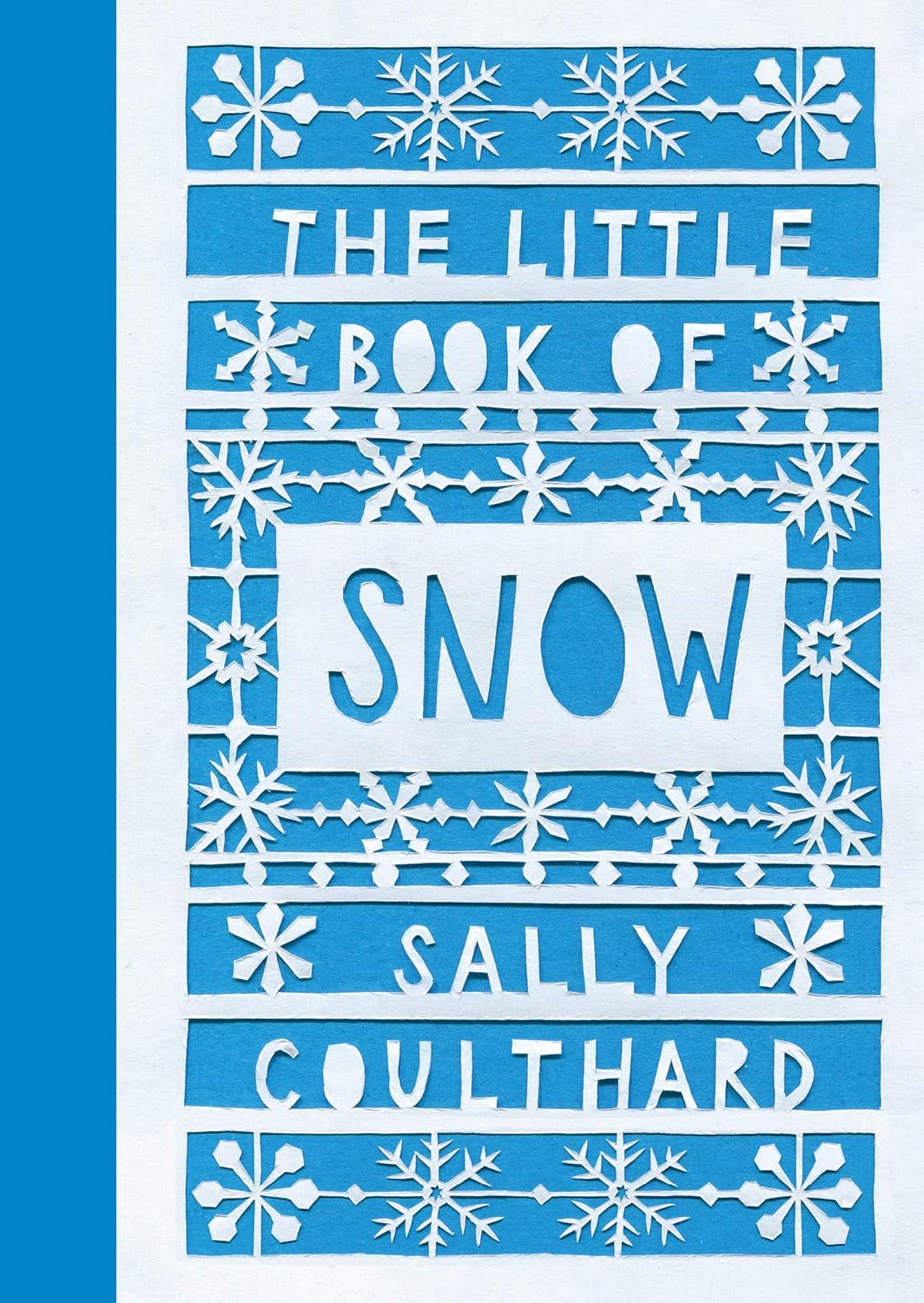
The Little Book of Snow is a lovely book of with fascinating insights, cultural lore and traditional wisdom about snow that falls from the sky. Is it true that no two snowflakes are the same? How many white Christmas days have we had? Do Inuits have dozens of words for snow? Can it ever be too cold to snow?
If walking dogs in snow, always rinse and dry paws with lukewarm water after, as rock salt can burn inside at higher temperatures.
Our memories are often buried in snow, the weather of play, abandon, snowball fights, skiing holidays and rattling down a hillside. It’s the weather of childhood – the world transformed into a temporary playground. The perfect read if you open the curtains in the morning, and find the world has turned to white ….
how are frost & dew different from snow?
Frost is simply frozen dew (and can kill outdoor plants, which is why most plants are started off inside or in greenhouses). If planting green spaces, learn how to make gardens safe for pets (includes indoor plants to avoid). Avoid facing indoor foliage to gardens, to help stop birds flying into windows.
To defrost your windscreen, use a scraper (not hot water) or buy a windscreen cover to prevent. Don’t use hot air inside the car if babies/dogs are with you. Or park facing east (the rising sun should defrost your windscreen).



